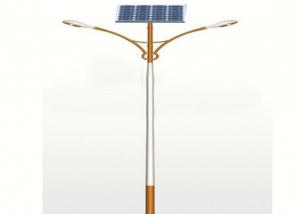Solar City Inverter
Solar City Inverter Related Searches
Solar Solar Inverter Solar House Inverter Sun Solar Inverter Solar Converter Inverter Solar Central Inverter Solar Home Inverter Solar Energy Inverter Solar River Inverter Solar Charge Inverter Solar System Inverter Sunshine Solar Inverter Solar Electric Inverter Solar Smart Inverter Solaris Solar Inverter Solar Battery Inverter Solar Plant Inverter Inverter Solar Cell Inverter Solar Solar Pro Inverter Power Solar Inverter Solar Inverter Factory Solar Light Inverter Smart Inverter Solar Solar Power Battery Inverter Solar Farm Inverter Solar Energy Power Inverter Solar Ac Inverter Solar King Inverter Solar Power Inverter System Smart Solar InverterSolar City Inverter Supplier & Manufacturer from China
Solar City Inverter is a range of high-quality inverters designed specifically for solar energy systems. These inverters are engineered to convert the direct current (DC) generated by solar panels into alternating current (AC) that can be used by homes and businesses. They play a crucial role in the efficient functioning of solar power systems, ensuring that the energy generated is effectively utilized.The Solar City Inverter is widely used in various applications, including residential, commercial, and industrial settings. These inverters are suitable for both grid-tied and off-grid solar power systems, making them a versatile choice for a variety of energy needs. They are designed to withstand harsh environmental conditions and provide reliable performance over an extended period, ensuring a smooth and uninterrupted flow of power.
Okorder.com is a leading wholesale supplier of Solar City Inverter products, offering a vast inventory to cater to the diverse needs of customers. With a commitment to quality and customer satisfaction, Okorder.com ensures that the inverters are sourced from reputable manufacturers and are available at competitive prices. This makes it an ideal platform for those looking to purchase Solar City Inverters for their solar energy projects.
Hot Products

















































